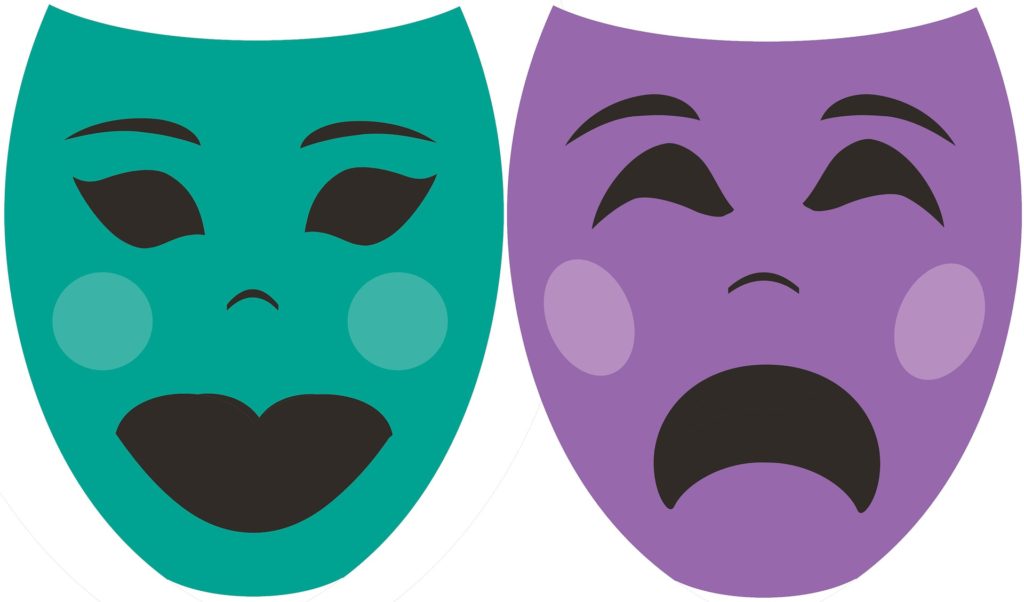Acting (Actors) – Conscious Control in the Alexander Technique (Musicians)(Psychology)(Pain)(Strain)(Injuries)(Posture)(Albuquerque)
This ebook, An Alexander Technique Approach to Acting (Actors’) Technique, is published on this website in a PDF format. It is very detailed and practical. It will give you the physical tools you need to take the limits off of your ability to create an extraordinarily acted performance.
This ebook is also for sale on all AMAZON websites in a KINDLE format.
Located in Albuquerque, New Mexico, U.S.A. (MOVEMENT THERAPY)
CONSCIOUS CONTROL is what F. M. Alexander called regaining control over the voluntary musculature of the body. The voluntary musculature is defined as the external musculature that you tell what to do with your thoughts and intentions. What happens over time is that an actor’s ability to let go of pain and tension in specific areas of his or her body is lost, and so he or she consistently hurts.
If a actor comes to me and says his neck and shoulders are hurting, and I tell him to just release these muscles, he’ll look at me like I’m crazy. The truth is he has lost conscious control over these muscles, and it seems to him there is no way to get them to release.
It is your ability to tell your body what you want, and your body responds with exactly what you want, that Alexander Technique teachers help conductors regain from their bodies. The ideal body response from a loving intention is a pain-free, elegant, athletic, and coordinated movement, that gives you the postures and gestures you want with effortless communication to the other actors and the audience.
What has to happen for all of the above to happen? You have to be intimately connected to your body, and to accept that THE BODY ALWAYS GIVES US WHAT WE BELIEVE ABOUT IT, not what we want. Let me explain?
If you believe the volunteer musculature of the body does anything independently of your beliefs and thoughts, then you do not have conscious control over it. Your belief that the body can do what it wants, will block you from being able to release the habits that have gotten you in constant pain in your acting. You will be unable to tell your body what you want it to do, without forcing the body to listen to you.
What I just said is critical! If you believe you regularly have to force the body to listen to you when you play a role, then you have given the body a mind of its own. But, the only mind your body has is your mind. Let me explain.
I believe many actors believe the body does things independently of the actor’s intentions, and that’s why he or she can’t do everything they want when they act. This isn’t true, but boy is it self-fulfilling. Again, the body responds to what you believe about it, true or not true.
When you believe something that isn’t true about the body, then what else can the body do but fail you at times, maybe a lot of times. So, when your beliefs are conflicted, then you don’t get consistently amazing pain-free acted performances. Having just said what I said, let me back track a bit.
You can create consistently amazingly acted performances if your technique is good enough, and you will NOT tolerate your body not giving you what you want. This is not what I call a loving approach to acting.
What is loving? If you accept/believe you have 100% control over your voluntary musculature, you have a acting technique that doesn’t harm your body, you have a fully upright balanced posture to start from, you trust your body to give you exactly what you want, then you will have conscious control over your acting.
